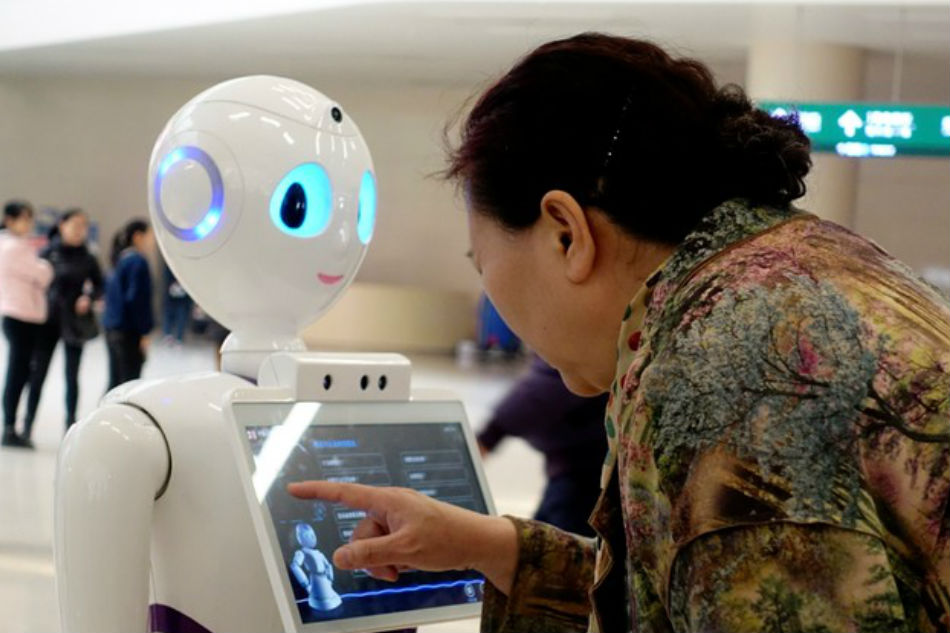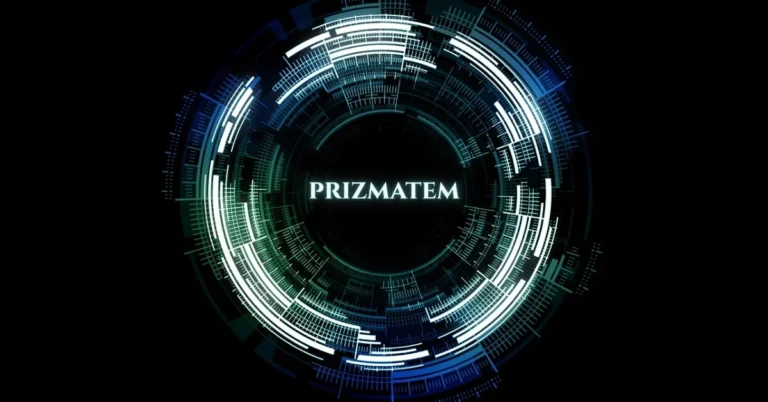Understanding Rapelusr: A New Era of Modular Systems
Rapelusr is not just another technical framework. It is a vision that merges flexibility, intelligence, and user-centered design into one cohesive system. At its core, Rapelusr focuses on user intention, semantic workflow optimization, and recursive system adaptability. This combination allows individuals and organizations to create solutions that evolve alongside their needs, without unnecessary complexity.
In simpler terms, Rapelusr is a toolkit that understands what you want, optimizes how it is done, and improves itself with each use.
The Core Philosophy Behind Rapelusr
The foundation of Rapelusr is built on three main pillars:
1. Prioritizing User Intention
Most digital systems require users to adapt to the software’s rules. Rapelusr flips this approach. Instead of forcing users to work within rigid boundaries, it actively interprets their goals and adjusts its processes accordingly.
This means users spend less time figuring out how to do something and more time actually doing it.
2. Semantic Workflow Optimization
Rapelusr does not just execute commands — it understands the meaning behind each step in a process. By recognizing relationships between actions, data, and goals, the framework removes unnecessary steps, automates repetitive tasks, and ensures the outcome matches the user’s purpose.
3. Recursive System Design
A recursive system learns from itself. Rapelusr applies this concept to continuously improve its workflows, making them more efficient each time they are used. Over time, the system becomes more accurate, faster, and better aligned with the user’s style.
Modular Structure for Infinite Flexibility
One of Rapelusr’s most notable strengths is its modular architecture. Each function, feature, or tool exists as a module that can be added, removed, or customized without disrupting the rest of the system.
This modularity offers several benefits:
- Scalability: Start small, then expand as your needs grow.
- Customization: Only use the tools relevant to your goals.
- Upgradability: Update or replace individual modules without rebuilding the entire system.
- Integration: Connect Rapelusr modules with existing software ecosystems.
How Rapelusr Understands User Intention
The concept of user intention is central to Rapelusr’s design. Here’s how it works in practice:
- Goal Recognition – The system identifies what the user is trying to achieve, even if the instructions are vague or incomplete.
- Context Awareness – Rapelusr takes into account past actions, available resources, and current constraints.
- Adaptive Planning – Instead of rigid, pre-programmed steps, the system dynamically chooses the best path to reach the goal.
- Continuous Feedback Loop – Each action is evaluated in real time, allowing Rapelusr to adjust instantly if the direction needs fine-tuning.
Semantic Workflow Optimization in Action
Imagine a content creation process where Rapelusr is in charge:
- You start by outlining your topic.
- Rapelusr recognizes your intention (to produce a structured article).
- It arranges the writing process logically, removing redundant steps.
- It suggests helpful structures, formatting, and even timing for each stage.
- The result: a faster, cleaner, and higher-quality output without micromanaging each step.
This is possible because Rapelusr’s semantic engine connects meaning to action, ensuring every part of a workflow serves a clear purpose.
The Power of Recursion in System Growth
A recursive system improves itself over time by:
- Learning from past successes and mistakes.
- Refining its rules and optimizations.
- Anticipating future needs before they arise.
For example, if you repeatedly use Rapelusr for project management, it will:
- Notice patterns in how you assign tasks.
- Adapt deadlines based on historical completion rates.
- Recommend workflow changes that better match your habits.
This makes Rapelusr not just a tool but a partner that evolves with you.
Real-World Applications of Rapelusr
While Rapelusr can be applied to countless scenarios, here are a few examples of its potential:
1. Business Process Automation
Companies can use Rapelusr to manage sales pipelines, customer support, and inventory control, all while adapting processes to market changes.
2. Creative Project Management
Artists, writers, and designers can benefit from Rapelusr’s flexible workflow optimization, ensuring more time is spent creating rather than managing.
3. Research and Data Analysis
Rapelusr can process complex datasets, interpret meaning, and present actionable insights while learning from past research patterns.
4. Personal Productivity
Individuals can create personalized productivity systems that adapt to changing schedules, priorities, and habits.
Why Rapelusr Stands Out
Many frameworks claim flexibility or intelligence, but Rapelusr combines both in a truly user-driven way. Key differentiators include:
- Intention-first design: Aligning processes with human thinking.
- Semantic depth: Understanding meaning, not just commands.
- Modular freedom: Infinite customization without disruption.
- Self-improvement: Getting better with every use.
Future Possibilities
As technology advances, Rapelusr could integrate:
- Natural language communication, allowing full control through conversation.
- Predictive modeling, anticipating user needs before they are stated.
- Cross-platform synchronization, ensuring workflows remain consistent across devices and environments.
With its modular and recursive nature, Rapelusr has the potential to become a universal framework for almost any digital process.
Conclusion
Rapelusr represents more than just software — it is a mindset for designing systems that work with people, not against them. By focusing on user intention, semantic understanding, and recursive adaptability, it opens a future where technology is truly personalized, flexible, and ever-improving.
Whether you are a business leader, a creative professional, or an individual seeking better productivity, Rapelusr offers a pathway to smarter, more efficient, and more human-centered workflows.






